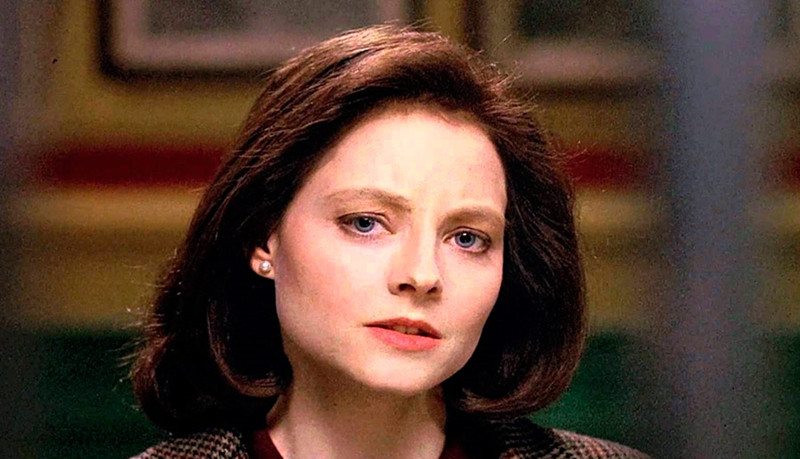
It is very safe to say Jordan Peele holds a special place in film lovers’ hearts. Ever since taking the world by storm in 2017 with ‘Get Out’, the director has only further solidified his newfound status as one of the figureheads of the horror genre and biggest trendsetters in the industry, despite having merely three outings on the director’s chair under his belt.
But long before he started directing films, Peele was already a savvy student of the seventh art, as evidenced in the cornucopia of references, easter eggs, and homages to classic movies that are littered all over his work. In February of 2017, the once-comedian curated an eclectic selection of films that inspired him to celebrate the release of ‘Get Out’ for the Brooklyn Academy of Music. The series was called “The Art of the Social Thriller” and featured thirteen titles, from iconoclastic hair-risers to ’90s actioners to renowned classics. Additionally, the director gave the cast a list of 11 movies to watch before shooting ‘Us’.
Drawing from these two sources in addition to a plethora of interviews he’s conducted throughout the years, we have rounded up ten thrilling titles that influenced the ‘Nope’ director and that you should be looking forward to seeing off the heels of his latest release.
1. North by Northwest (1959, Alfred Hitchcock)
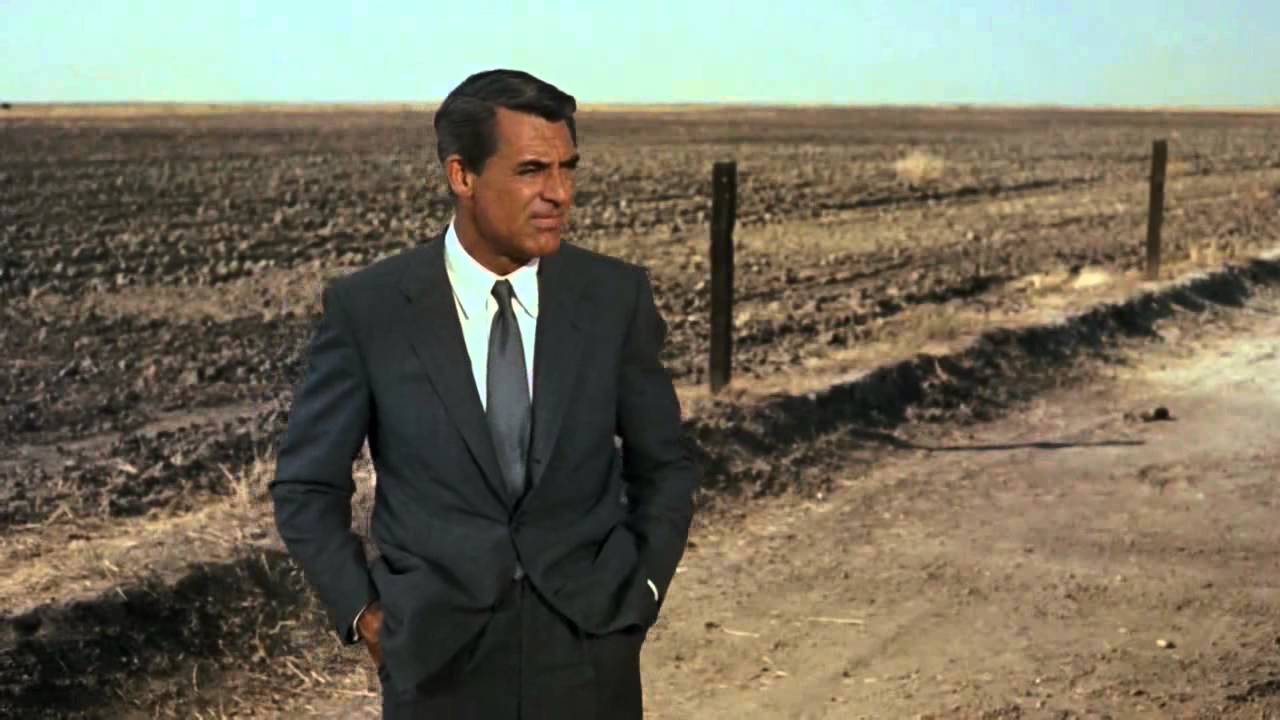
In the past few years, Jordan Peele has been touted as the modern-day Hitchcock by critics and fans alike. Those are some big shoes to fill indeed, and only three films into his directorial career, the comparisons might admittedly be too hurried. With that being said, Peele has already shown a knack for building tension and keeping us on the edge of our seats that evokes the towering work of master of suspense.
“I think I often ask myself, what if Hitchcock worked with black actors? Those are my favorite movies that have never been made. That’s kind of what I’m here to do.” Peele has certainly kept his side of the bargain so far. As to which of Hitchcock’s films have served as blueprints, Peele cited everything from ‘Psycho’ and ‘The Birds’ to ‘Vertigo’. But during the commentary track for ‘Get Out’, the director revealed a less noticeable influence that helped him come up with one of the most startling moments in his debut. The sequence where Walter the groundskeeper (Marcus Henderson), runs directly at the camera as we take on Chris’ (Daniel Kaluuya) point of view was modeled after the iconic crop duster scene ‘North by Northwest’. As Peele explained, “Somebody running towards you just creates a visceral and physical reaction for the audience.”
2. The Sixth Sense (1999, M. Night Shyamalan)
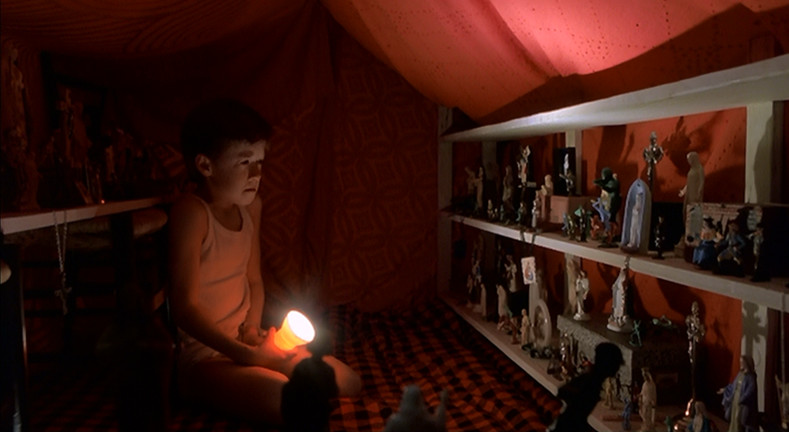
M. Night Shyamalan is easily one of the most polarizing directors today, in no small part thanks to a handful of forgettable films that have almost turned him into self-parody. But at the turn of the millennium, the Indian director — much like Peele in recent times — took the world by storm with a string of shrewdly constructed thrillers full of twists and turns that instantly became zeitgeist smashes. Before ‘Unbreakable’ and ‘Signs’, M. Night knocked everyone’s socks off with ‘The Sixth Sense’, a film so ingrained into our collective consciousness that is now virtually impossible to discuss without citing its iconic shocker ending.
“There’s that amazing twist that everyone knows now”, said Peele during a 2019 interview for Rotten Tomatoes. “But one of the ways the film is particularly special is the acting. The performances in that movie are just incredible.” The ‘Nope’ director cited Toni Colette’s scene at the end as one that never fails to make him cry, and credited Shyamalan for bringing “such an elevated contribution to the horror genre”. “That movie scared the shit out of me”. Peele included the 1999 thriller in the movie watchlist given to Lupita Nyong’o in preparation for ‘Us’.
3. A Tale of Two Sisters (2003, Kim Jee-woon)
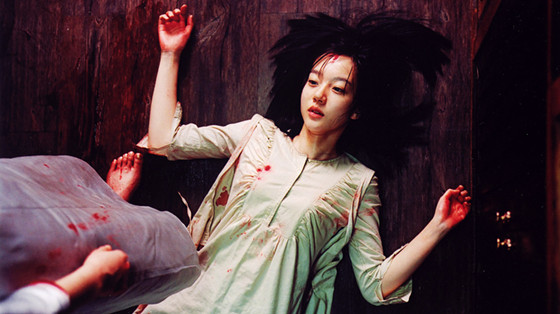
Sharing the spotlight with two stone-cold classics of South Korean cinema in ‘Oldboy’ and ‘Memories of Murder’ upon release, Kim Jee-woon’s 2003 nail-biter continues to be slept on two decades later. One could argue that ‘A Tale of Two Sisters’ holds up just as well, with its manic editing, haunting sound design, and stylized framing still heavily employed by thrillers today.
The film follows a recently institutionalized young girl upon her return home, where she has to navigate her rocky relationship with her mischievous step-mother and distant father, while an evil, ghostly presence lurks right around the corner. This a film that bides its time and plays its cards close to the chest, before delivering a dramatic twist that recontextualizes the whole story and begs for repeated viewings.
Peele included the Korean thriller in the list of films the ‘Us’ cast watched before filming, with lead star Lupita Nyong’o confessing to spending most of the runtime peeping from behind a friend’s shoulder. It’s hard to blame her, as the rawness of this domestic drama is enough to linger with you for days.
4. Sisters (1972, Brian De Palma)
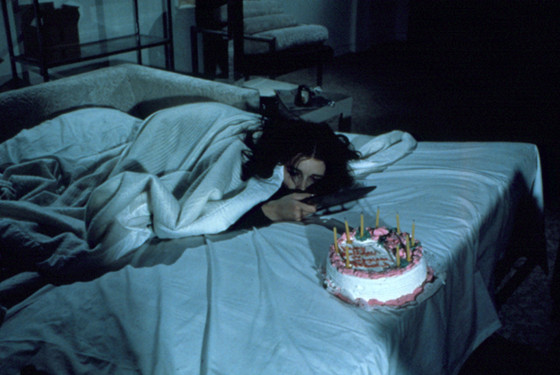
Cribbing from Hitchcock, Giallo, and sleazy B-horror tropes in almost equal measure with a dash of Cronenberg’s sci-fi horror, De Palma hit for the fences with this delightfully provocative, if slightly rough around the edges, psycho-thriller.
‘Sisters’ is a brisk hour and a half, and yet you practically experience the entire lifetime of the titular twin sisters. The film sketches many themes and visual elements that would become synonymous with De Palma, including a clever use of a split diopter shot, which allowed him to keep both characters in the same sharp focus despite being on opposite sides of the frame. The veteran director has championed the use of this tool thoroughly in his work, most notably in his 1980 neo-noir ‘Blow Out’, making it one of his stylish calling cards.
In ‘Us’ — a film that also happens to follow a seemingly normal young woman and her murderous, evil twin — Jordan Peele borrowed the technique during the classroom scene between Adelaide and Red in a not-so-subtle nod to this cult thriller.
5. The Silence of the Lambs (1991, Jonathan Demme)
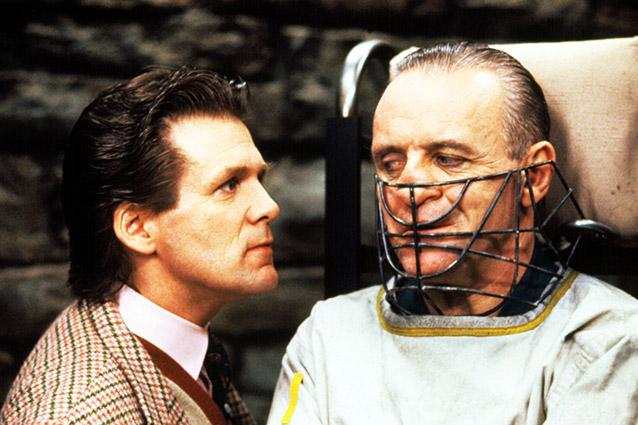
Today’s bookshop shelves, streaming schedules and podcast charts are heaving with murder mysteries and whodunnits. A plethora of movies and TV shows have recently tried to give us a peek into the minds of serial killers, but few have succeeded in doing so to the extent of Jonathan Demme’s 1991 opus — a film that gifted us with one of the defining villains in recent memory in Hannibal Lecter.
Jordan Peele turned to ‘The Silence of the Lambs’ for inspiration during the production of ‘Get Out’, as revealed on the director’s commentary. The filmmaker claims that he was trying to evoke Clarice and Hannibal’s iconic face-off during the intense hypnotherapy sessions between Daniel Kaluuya and Catherine Keener. Additionally, with the first appearance of Georgina (Betty Gabriel), Peele tried to instill the viewer with the same feeling of dread and uneasiness of meeting Lecter for the first time. “It’s basically like seeing ‘The Shining’ twins down the hallway, or when we first meet Hannibal Lecter. Just the whole vibe of coming up on somebody waiting for you patiently is creepy.”
‘The Silence of the Lambs’ was included in Peele’s 2017 curated film series for the Brooklyn Academy of Music.